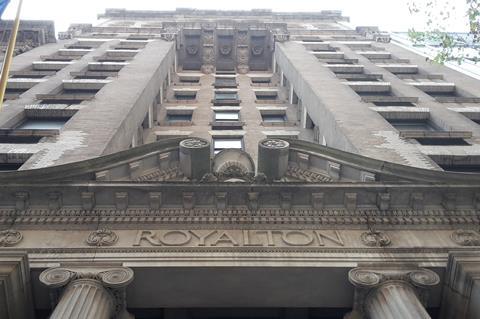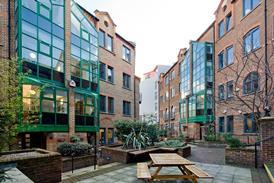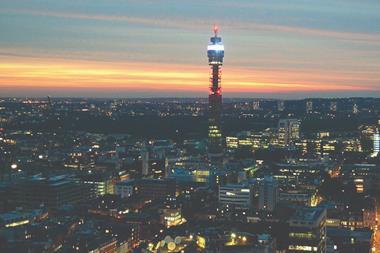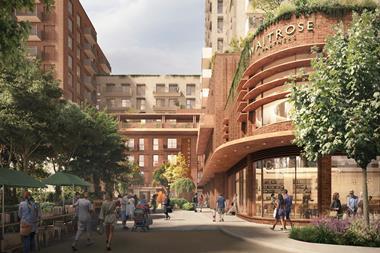No sector of the New York City real estate economy has been so badly mauled by the pandemic as hotels.

The carnage is Homeric in scale. While the residential market shows renewed energy, restaurants and retail rebound and office towers managed to mostly retain their value, the same cannot be said of the lodging industry.
An estimated 400 of the city’s 700 hotels are out of action — including 140 that were converted into homeless shelters.
Due to undisciplined, over-optimistic development, the pre-pandemic city was on track to have 144,000 hotel rooms by 2022, compared with 77,000 in 2010.
A surge in visitors from 49 million in 2010 to more than 70 million in 2019 wasn’t enough to absorb the huge new inventory. All the industry metrics – occupancy, room rates and RevPAR (revenue per available room) were sinking before anyone heard of coronavirus.
The carnage in New York’s hotel sector is Homeric in scale
The number of tourists and business travellers bottomed out at 22 million in 2020. An uptick to 36 million is forecast in 2021 but won’t include many travellers from abroad, who spend more than domestic travellers do.
The American Hotel and Lodging Association termed the New York situation a “depression”. Vijay Dandapani, president of the Hotel Association of New York, said it was “bleak”. He added: “Every single hotel went from a cashflow crisis to a liquidity crisis to a solvency crisis.”

New York’s plight is worse than in any other American city. With travel to and from the US constricted by a patchwork quilt of regulations that vary from country to country, business travel this year is expected to generate $4bn (£2.91bn) less revenue this year than in 2019.
Ominously dark properties
Although many hotels have reopened – albeit at limited capacity – several marquee properties stand ominously dark. Prominent among them is the towering, celebrity favourite Four Seasons Hotel in the heart of glamorous East 57th Street.
The nostalgic old Roosevelt near Grand Central Terminal is to be demolished.
Even prior to the virus, some hotels were faring so poorly that mayor Bill de Blasio made deals with owners to house homeless people. The programme accelerated with the pandemic. Residents in middle- and upper-class neighbourhoods such as the Upper West Side were not pleased, but such deals were far too lucrative for beleaguered owners to turn down.
The calamity has prompted fire sales. The once-hot Royalton Hotel near Times Square sold last September for $42m, or 24% less than its last sale in 2017.
Most recently, the Mandarin Oriental at Columbus Circle – one of the city’s most prestigious hotels since it opened in 2003 – just went on to the sale block through JLL. The owners, a joint venture of majority owner Dubai Investments and Mandarin Oriental Hotel Group, could receive offers as low as $100m, according to some analysts; the property was valued at $340m in 2007.
A controversial proposal to restrict hotel development by requiring every new project, regardless of location or size, to receive city approval was introduced two years ago. The measure was pushed by unions that wanted to guarantee representation at any new property. The policy is currently under review by the City Council.
But the issue now is not hotels that might rise in the future, but those that already exist – and whether they can survive.
Steve Cuozzo is real estate correspondent for the New York Post






























No comments yet